Weight Bars for Hook’s Law Apparatus
৳ 400.00
- Weight Bars for Hook’s Law Apparatus
- Total: 50g x 5PCS = 250gm
- Made in Bangladesh
SKU:
86581
Category: Physics Lab Materials
Tags: Educational Lab Apparatus in BD, Physics Lab Equipment Price in Bangladesh, Weight Bar
Description
In Hooke’s Law experiments, the weight bars or hanger is used to apply a measurable force (often by hanging masses) to a spring or elastic material to observe its extension. The setup helps verify Hooke’s Law, which states that the force FFF applied to a spring is directly proportional to the extension xxx it causes, provided the elastic limit is not exceeded:
F=kx
Where:
- F is the applied force (often the weight in Newtons),
- x is the extension of the spring,
- k is the spring constant (a property of the spring).
Key Components of a Hooke’s Law Apparatus Weight Bars:
- Weight Hanger:
- A bar or rod designed to hold weights securely.
- Often made of metal, lightweight, with hooks or clips to attach to the spring.
- It typically weighs a small, known amount (e.g., 50 g or 100 g), which is included in the total weight applied to the spring.
- Slotted Weights:
- Weights with holes or slots can easily be added or removed from the weight hanger.
- Common increments: 50 g, 100 g, 200 g, etc.
- It is made of metal, with accurate labeling for precise measurements.
- Material:
- The weight bar and weights are usually made of brass, steel, or aluminum for durability and precision.
- Precision:
- For experiments, precision is critical, so the weights should be standardized and calibrated.
Usage:
- The weight hanger is attached to the bottom of the spring.
- Weights are incrementally added to the bar, measuring the extension of the spring after each addition.
- The force applied by the weights is calculated by multiplying the mass of the weights by gravity (F=mgF = mgF=mg), where g≈9.8 m/s2g approx 9.8 , m/s^2g≈9.8m/s2.
Reviews (0)
Rated 0 out of 5
0 reviews
Rated 5 out of 5
0
Rated 4 out of 5
0
Rated 3 out of 5
0
Rated 2 out of 5
0
Rated 1 out of 5
0
Only logged in customers who have purchased this product may leave a review.
Shipping & Delivery
Delivery within 1-3 working days in Dhaka City and 3-5 working days anywhere in Bangladesh. Please place your order with time in hand. Be patient, stay tuned.

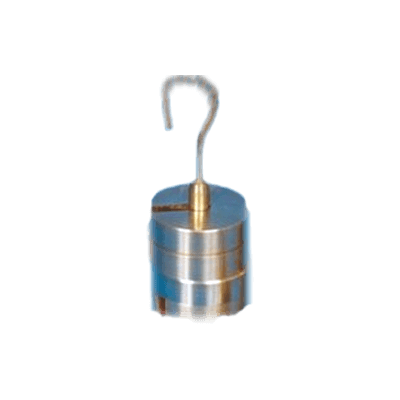
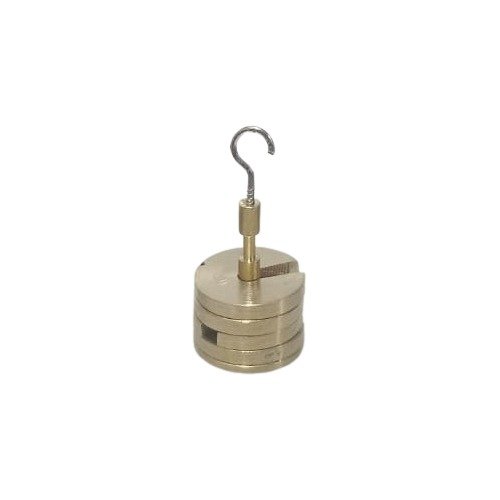
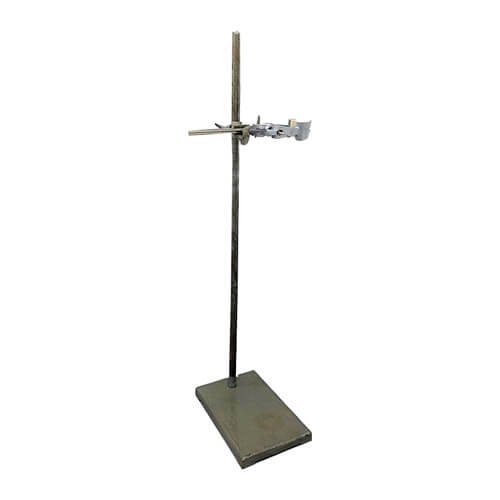
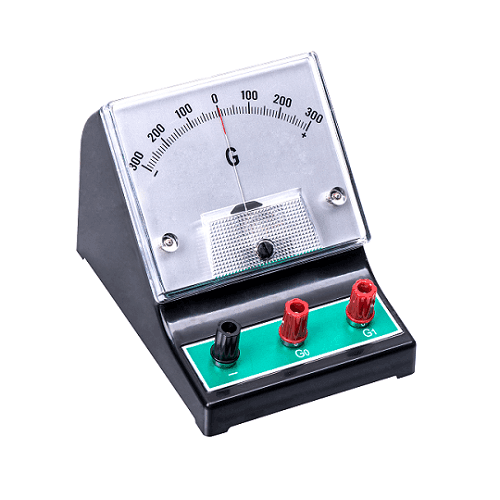
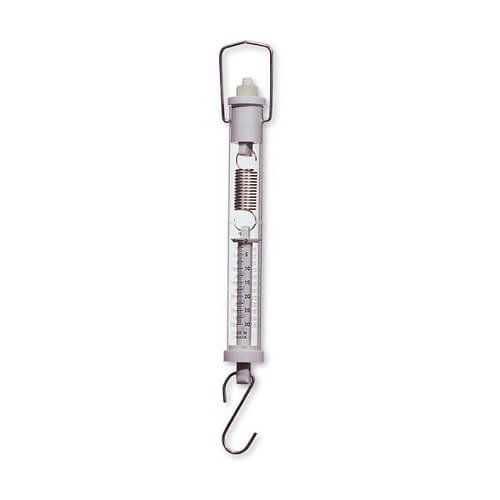
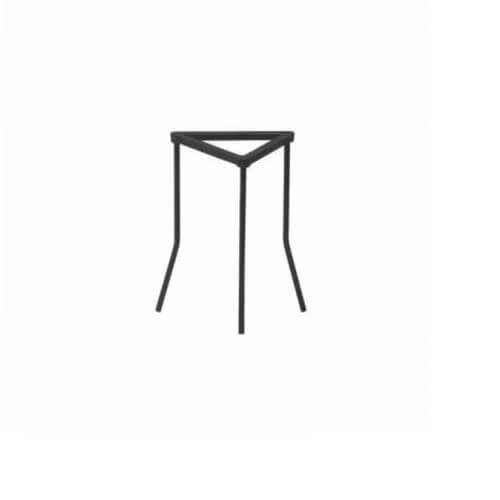
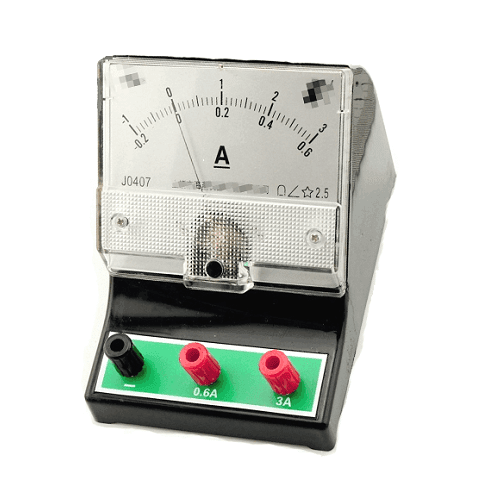
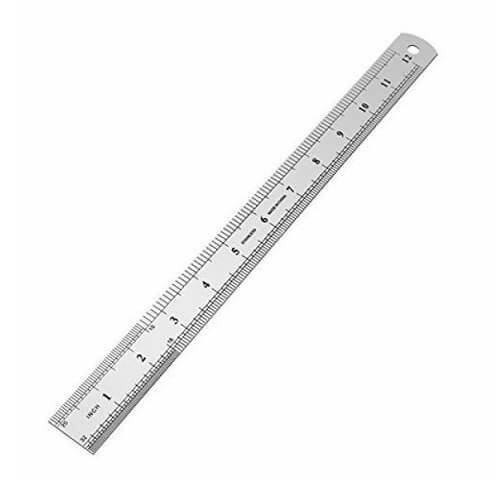

Reviews
Clear filtersThere are no reviews yet.